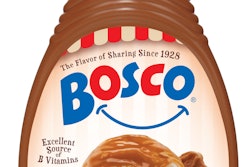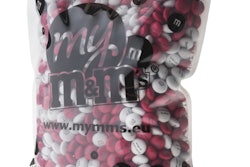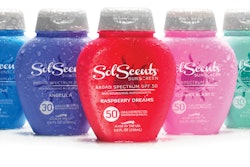
Lenticular printing on steroids. That’s what some are calling the p-s label applied to Freia brand Boble, a chocolate bar from Mondelez International that’s popular in Scandinavia.
The comment is certainly justified. While lenticular printing provides a certain amount of three dimensionality, it pales in comparison to the dramatic illusion of depth that is found on the Boble pack.
Rolling Optics is the firm that has made this technology available. They call it micro optics printing. Their earliest applications were in the pharmacy space for anti-counterfeiting, and at least one marketer of alcoholic beverages has deployed it, too. But Patrick Poitevin, Senior Associate Principal Scientist at Mondelez, says Boble represents the first application in food. He also says his hobby played a role in bringing the technology to his attention.
“My hobby is astronomy, where optics and optical lenses are fundamental. So when I came across this idea of micro optics, naturally I found it fascinating. It always draws consumers to the shelf and compels them to pick up the package and look at it closely. So it’s all about grabbing attention and differentiating your product from the rest.”
The 3D label is applied on-line by an applicator from Pago. Incorporating the 3D effect right in the flexible film substrate was also considered, says Poitevin. But adding it by way of a label was more appealing because it doesn’t complicate the flexible film converting process. Also, the use of this 3D component was part launch and part experiment. Had consumers not responded to it positively, adding the label could have been quietly halted without having to waste a lot of flexible film with the micro optically printed image already in place. As it turns out, says Poitevin, consumers have responded quite positively indeed.

























